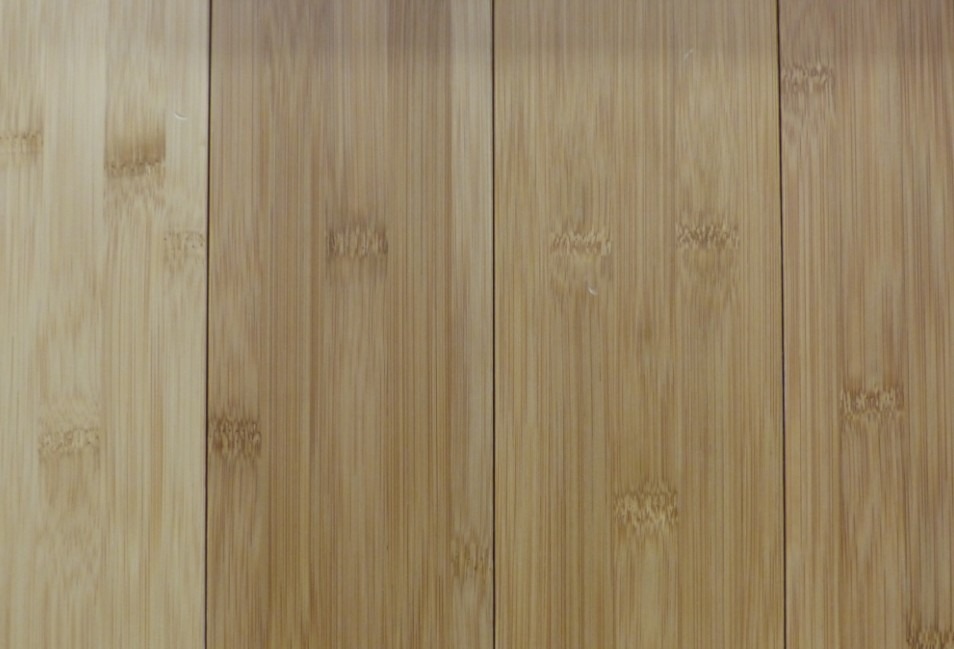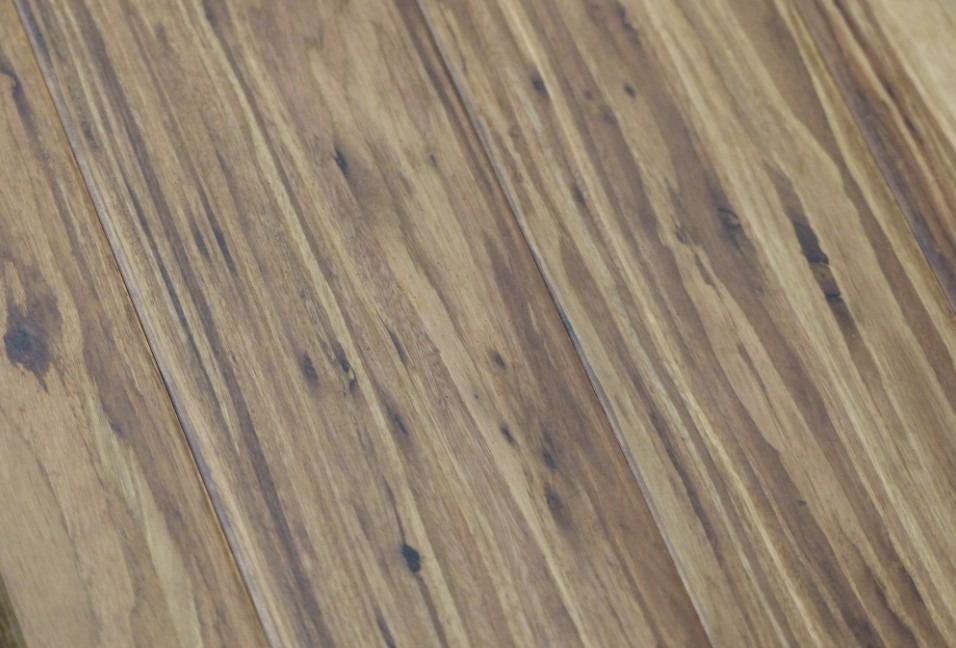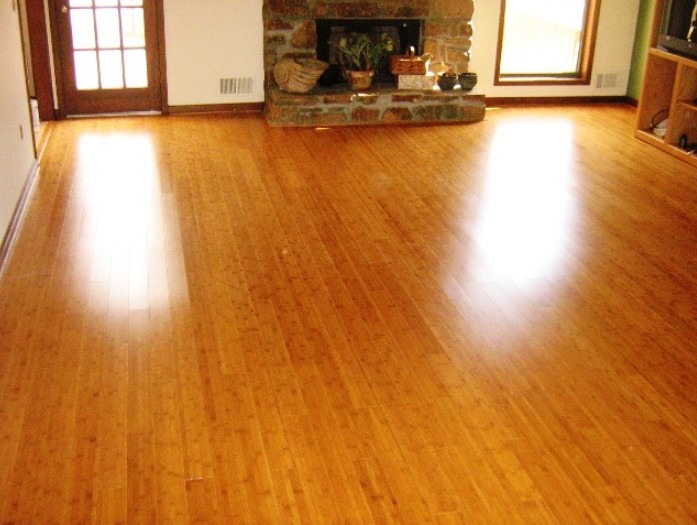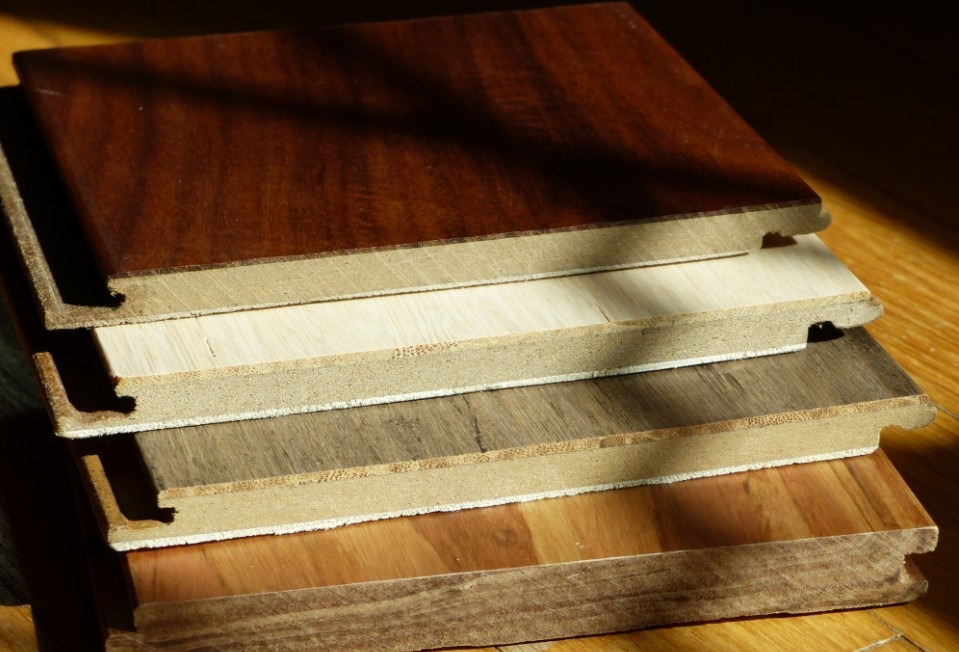Bamboo flooring has been rising in popularity and becoming a durable, sustainable, and eco-friendly alternative to hardwood. While it’s very tree-like in appearance, bamboo is a grass native to China and one of the fastest-growing plants on the planet, making them easily renewable. It’s cut down into strands and strips, dried, and engineered into planks that come in various sizes, styles, colors, and finishes. Adding its natural beauty and many other advantages, it’s no surprise that they are starting to be well-loved by homeowners today.
Here, we’ll tackle more about this flooring option, from its types to color availability and its benefits, as well as its drawbacks, helping you know if bamboo flooring will work for you.
What types of bamboo flooring are available?
Bamboo flooring is engineered to create flooring boards and is available in three different constructions. All of them are distinct and attractive. Thus, providing better styling options.
Horizontal
Horizontal bamboo flooring entails cutting the grass strands into thin strips. They are layered horizontally, pressed, and glued together to form the planks. Bamboo grains are more visible, and the knuckles or growth rings of the bamboo stalk also show in the graining, providing an authentic look to the plank. While it’s not as hard or durable as the stranded bamboo, its main edge is its striking appearance.
Vertical
Vertical bamboo flooring involves bamboo strips being laid side by side, facing each other in a vertical position. Unlike horizontal bamboo flooring, this type has thinner graining and provides a cleaner, smoother, contemporary, uniform look to the surface floor.
Strand-woven
Strand-woven bamboo flooring is the most durable among the three bamboo flooring types. It’s made by shredding bamboo strands and compressing them into planks using heat and resins, which provides a hard surface comparable to hardwood. It’s the premium form of bamboo flooring where graining is random but boasts an enticing, exotic look.
What colors of bamboo flooring are available?
Bamboo flooring may come in various colors but is classified into three general tones.
Natural
Without the stains, carbonizations, and colorants, the natural color of bamboo is a very light, blond color. It’s one of the easier colors to find and blends perfectly with most home styles and decorations.
Carbonized
Carbonization allows the sugars present in the bamboo fibers to caramelize, which adds color to the entire strand. It’s done by boiling the plant in high heat for extended periods, though time may vary, resulting in different hues. It’s similar to the process of caramelizing sugar, which makes it dark and gooey due to the reaction incurred when heated.
Though the resulting light and dark hues are pleasing, carbonized bamboo is about a third softer and brittler and more vulnerable to scratching than regular bamboo, as the carbonization process weakens the material.
Stained
Stained bamboo flooring is treated with wood stain to alter the color of the material. It can be painted or applied by hand, available in various shades from light to dark. The array of stain options makes stained bamboo flooring relatively easier to match home designs and ornaments.
What are the advantages of bamboo flooring?
Bamboo flooring’s main draw is it’s a natural, sustainable flooring material, perfect for environmentally-conscious homeowners. Yet, apart from that, it bestows many other benefits that also make it a fantastic and attractive choice for those searching for a good flooring option.
Easy Maintenance
Bamboo flooring is easy to maintain. Sweeping regularly is usually enough to remove dirt, dust, and debris, followed by an occasional cleanse of soap and water solution or a neutral wood cleaner. To ensure a more spotless clean, you can also use a vacuum. Just ensure that the type of vacuum cleaner you’re using has a wooden floor accessory to avoid damaging your bamboo flooring.
Highly durable
When you opt for strand woven bamboo, you can enjoy a highly durable flooring that’s twice as hard as oak flooring. It’s highly beneficial for areas around your house that experience high traffic, such as the entryways, living room, and kitchen. It’s tough to wear and resistant to abrasion caused by footwork or fallen objects.
Pest and allergen resistant
In nature, bamboo has few pests in nature. With the treatment done during the processing stage, bamboo can often be resistant to ants and termites. In addition, bamboo is also inhospitable to dust mites, repels pollen and dust, making it an ideal option if you have allergy-prone household members inside your home.
Refinishing Potential
Bamboo may become scratched, dented, discolored, and suffer from normal wear and tear through time. What’s remarkable is that bamboo flooring can be refinished when necessary through sanding or reapplying a coat seal to give a new, even look to your bamboo flooring.
DIY-Friendly
You can save on professional installation costs if you’re on a budget, as bamboo flooring is very DIY-friendly. Planks are easy and quick to install, often utilizing a “click-lock” system, which you can do without professional assistance. Just follow the manufacturer’s instructions, and you’ll most likely finish the installation over a weekend.
What are the drawbacks of bamboo flooring?
Like hardwood flooring, bamboo flooring has its own disadvantages. Here are some drawbacks to consider:
Moisture Sensitive
As bamboo is grass, it’s more severely impacted by humidity, compared to hardwood flooring. When used in areas with high moisture or places when climate shifts drastically, humidity in the air can lead to the swelling of the floor planks. If the environment is too dry instead, bamboo flooring may begin to shrink and crack. That is why bamboo flooring isn’t recommended for homes that experience radical changes in humidity.
Scratch Prone
Though bamboo in its composition is durable, its surface is not safe from scratches. Darker hues are even more vulnerable to scratches, and damages can even be more visible. To combat such, it’s advisable to put felt pads on furniture and refinish flooring to minimize the appearance of scratches and extend its lifespan.
Possibly Toxic
Low-quality bamboo flooring may contain small amounts of urea-formaldehyde, a resin that is toxic to humans. That’s why it’s essential to opt for reliable manufacturers for better safety. Nevertheless, the amount of formaldehyde present in bamboo flooring matches what’s found in processed hardwood flooring, which only usually affects extremely sensitive individuals.
Not waterproof
Bamboo flooring is water-resistant and not water-proof. That means it can only resist water at some degrees, but not entirely. As such, you cannot install bamboo flooring in your bathroom or outside areas where it can be exposed to rain or excessive water. Remember, too much moisture can cause discoloration, warping, and even mold growth.
Is bamboo flooring for you?
While bamboo flooring has its downsides, it still boasts lots of benefits, such as being highly sustainable, eco-friendly, durable, and beautiful with its natural look. If you’re not afraid to take the less-traveled road and looking for alternative flooring material, bamboo flooring can do wonders for you and your home.





